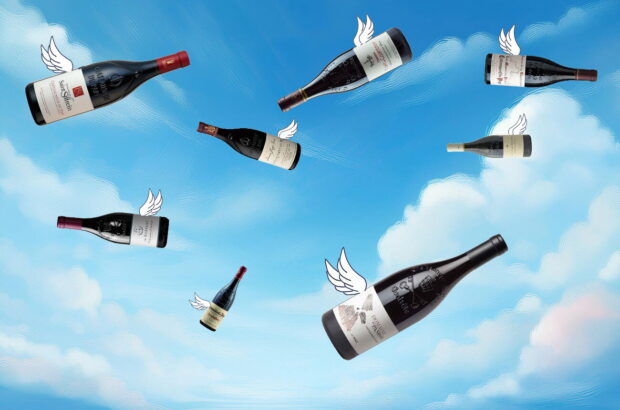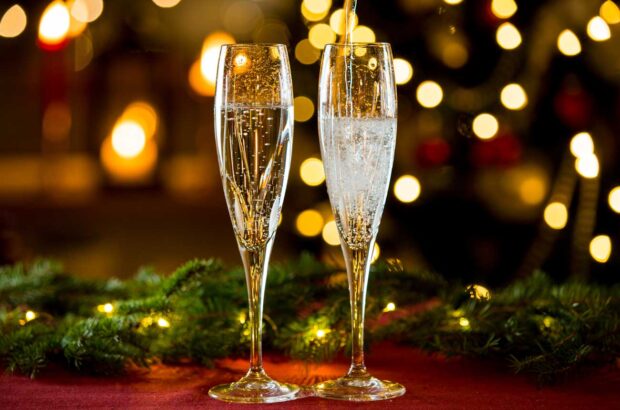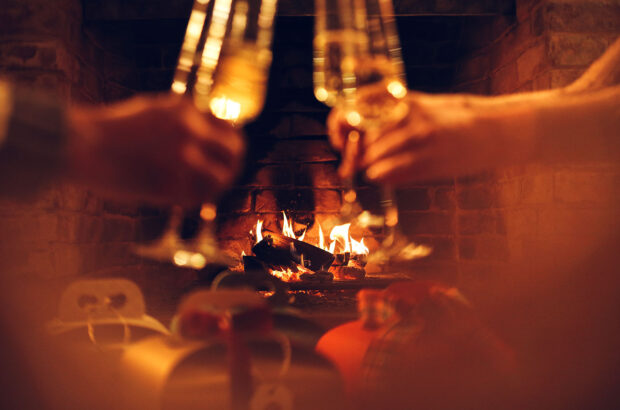See how well you did here...
1- What soil qualities does the Trimbach Estate say helped their Gewurztraminer, Cuvée des Seigneurs de Ribeaupierre 2004 wine gold in this year’s DWWA?
• “marl, clay and limestone soil”
Trimbach Estate say: “The richness and depth of this wine is partly due to a special soil based on marl, clay and limestone soils. Redolent of roses, lychees, spices, this immensely rich Gewurztraminer can misleadingly seem slightly sweet.”
2- Which of the follow Domaines/Maisons received a Regional trophy this year’s DWWA?
• Maison Dopff-au-Moulin & Domaine Ernest Burn received regional trophies. Domaines Schlumberger was one of the gold trophy winners.
3- What is the word for sparkling Alsace wine?
• Cremant D’Alsace
4- This year, wines from Alsace won four gold medals. How many did the region’s wines win in 2006?
• 0
5- What was the main bugbear of Decanter’s Alsace grand cru Riesling 2007 tasting (HINT: answer found on Decanter.com)?
• The difficulty of predicting the sweetness of the wines. See: https://www.decanter.com/people-and-places/wine-articles/484108/alsace-sweetness-levels
6- A favourite local dish in Alsace is …
• Choucroute
Choucroute is the Alsace recipe for preparing sauerkraut with sausages, charcuterie and potatoes. Although choucroute is a traditionally German, the French annexation of Alsace and Lorraine following the Peace of Westphalia in 1648 brought this dish to the attention of the region. The sauerkraut itself is usually heated with a glass of Riesling or other dry white wines. Traditional recipes call for three types of sausage and pork.
7- In 890, Ste-Richard gave the vineyards of Weinback (now Domaine Weinbach) to Etival Abbey in the Vosges mountains. But who was St-Richard married to?
• Charles the Fat
In our August Issue 2011 Freddy Price writes about the 51 grand cru vineyards in Alsace. Of Schlossberg he says “In 890, Ste-Richard, the wife of Charles the Fat, gave the vineyards of Weinbach (now Domaine Weinback) to Etival Abbey in the Vosges mountains. (There is a map in Kientzheim from 1348 marked ‘zu dem Russeling’, which may be the first reference to Riesling). Gewurztramier and Pinot Gris are also successful here.”
8- For the Muscat variety, how much potential alcohol must there be in the grape juice for it to be labelled Vendange Tardive?
• 15.1% (Yes)
Clive Coates MW writes in his The Encyclopeadia of The Wines and Domaines of France: “The culmination of long years of lobbying by a number of producers, pioneered by the late Jean Hugel, resulted in a framework which became law in 1984, defining the necessary criteria from the production of Vendange Tardive or late-harvested Alsace wines and Selection de Grains Nobles (from individually selected, nobly rotted grapes). These can only be produced from Gewurztraminer, Pinot Gris, Riesling and Muscat. In the case of the first two, the grape juice must achieve a ripeness equivalent to 14.3 of potential alcohol in order to be labelled Vendange Tardive, and 16.4 for Grains Nobles. For Riesling and Muscat the levels are 12.9 and 15.1.”
9- Robert Parker in his The Wine Buyer’s guide, called Alsace:
• The fairy-tale viticultural area
Robert Parker begins his chapter on Alsace with “True connoisseurs of wine must find it appalling that so many importers trip over each other trying to find yet another excessively priced, overcropped, generally insipid Chardonnay or French red burgundy that provides little joy, while ignoring the treasures of this fairy-tale viticultural are in the most beautiful wine-producing region of France.
10- Which of the following varieties does Strasbourg-based Edouard-Artzner recommend as an accompaniment to his foie gras:
• Both
Edouard Artzner has the following Alsace wine recommendations: “Gewurztraminer adds an anthology of fruit, flower and spice flavours, Pinot Noir brings fruity tones and Pinot Gris’s aromas go very well.”
Tell us how you scored on our Facebook page, watch this space for next week’s quiz and answers!
Written by







